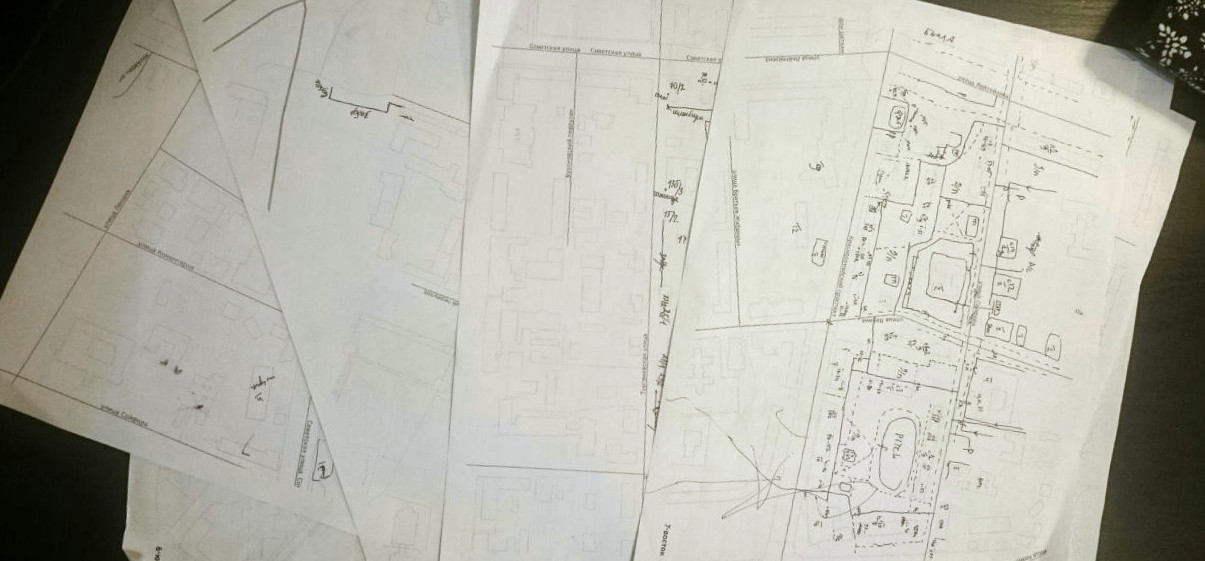— Yay, new mapper! Welcome to OpenStreetMap!
— I see you are using wrong tags. Please read Map Features and don’t come back until you’re done. I don’t care if it’s too long. Go to Google Map Maker if you’re intimidated.
— I don’t know you. Please go to talk@ mailing list and introduce yourself and reasons for your mapping. Yes, I know you have to sign up using some obscure web page, and then receive unwanted mail for eternity. But rules are rules. Go do it, or leave.
— I see you work for a mapping company. I will be watching you, because you do not care for our map. None of you do. Yes, I am working at such company too, but I care.
— I caught you not tracing from Bing like the rest of us. Please explain your sources and acquire specific permissions for using these. Or better stop.
— I see that among 500 buildings you’ve traced, 20 have been recently demolished. I know that they are still on imagery and in the registry. But it looks like your quality of mapping will never reach mine. Please go away and never come back.
— Hey, I’ve seen more edits from you. I think we’ve discussed it. I don’t care if they are good, I have reverted them. Please do not come back.
…
— Hi new mapper, welcome to OpenStreetMap!







